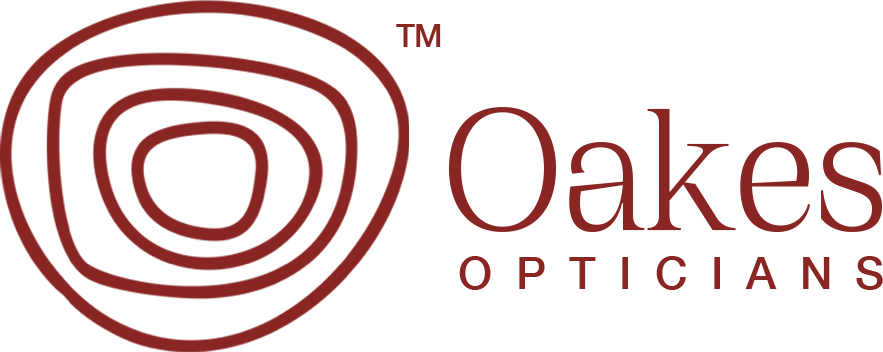What Is Blue Light?
Blue light is a visible light with high energy and short wavelengths (380–500 nanometers). It makes up about one-third of the light we see.
The sun is the primary source of blue light, but it can also come from artificial sources such as LED TVs, computer screens, smartphones, and fluorescent lights.
The Benefits of Blue Light
We often hear of Blue light as a bad thing, but it has some benefits which it offers:
- Boosts Alertness & Focus—It helps improve attention, reaction times, and cognitive function, making it useful throughout the day.
- Regulates Sleep-Wake Cycle – Natural blue light from the sun helps control the body’s circadian rhythm, keeping sleep patterns balanced.
- Enhances Mood – Exposure to blue light, especially in the morning, can help reduce symptoms of seasonal affective disorder (SAD) and improve overall mood.
- Supports Memory & Brain Function—Studies suggest blue light can enhance memory, learning, and overall mental performance.
- Essential for Vision Development—Moderate exposure to natural blue light plays a role in healthy eye development in children and may help reduce the risk of myopia (nearsightedness).
- Energy Efficiency – Blue light-emitting LEDs are used in energy-saving lighting, making them more environmentally friendly than traditional bulbs.
Harmful Effects of Blue Light
The amount of blue light we get from screens is negligible compared to the amount we get from the sun. But since we spend so much time on digital devices, there’s growing concern about their long-term effects, especially when screens are too close to our eyes or used for hours.
Our eyes aren’t great at blocking blue light, so most of it passes straight through to the retina, where our brain processes it into images. While blue light is useful for keeping us alert and regulating our sleep cycle, too much exposure to screens and LED lights can cause problems.
How Blue Light Affects Your Eyes
- Eye Strain & Discomfort – Staring at screens for too long can lead to dry, tired eyes, blurry vision, headaches, and even neck or back pain. Blue light scatters more than other light, making it harder to focus.
- Sleep Problems – Too much blue light at night can trick your brain into thinking it’s still daytime, reducing melatonin production and making it harder to fall asleep. Poor sleep can lead to more significant health issues over time, like weight gain, diabetes, and heart problems.
- Potential Retinal Damage – Some studies suggest that too much blue light exposure may damage the retina over time and increase the risk of age-related macular degeneration (AMD).
- The “Blue Light Hazard” refers to the potential harm that high-energy blue light can cause to the retina, especially since our eyes don’t naturally filter it well.
How to Manage and Prevent the Effects
Prolonged exposure to blue light, especially from digital screens, can affect our vision and overall well-being. It could lead to a disrupted sleep schedule, eye strain, and other problems. Here are some simple ways to reduce its impact:
1. Follow the 20-20-20 Rule
Take a 20-second break every 20 minutes and look at something 20 feet away. This helps reduce eye strain and gives your eyes a chance to relax.
2. Adjust Your Screen Settings
- Lower screen brightness to match your surroundings.
- Use “Night Mode” or blue light filters on your devices, which reduce blue light emission.
- Increase font size to avoid straining your eyes while reading.
3. Wear Blue Light Glasses
If you spend long hours on screens, consider using blue light-blocking glasses. These can help filter out high-energy blue light and reduce eye strain.
4. Blink More Often
Staring at screens reduces blinking, leading to dry and irritated eyes. Make a habit of blinking more to keep your eyes moist and comfortable.
5. Limit Screen Time Before Bed
Try to avoid screens at least 1-2 hours before bedtime. Blue light can interfere with melatonin production, making it harder to fall asleep. If you must use a device, switch to night mode or wear blue light glasses.
6. Use Proper Lighting
- Avoid using screens in dark rooms—this increases strain on your eyes.
- Use warm, soft lighting instead of bright LED lights, especially in the evening.
7. Get Regular Eye Checkups
If you experience persistent eye discomfort, blurry vision, or headaches, visit an eye doctor. They can recommend the best ways to protect your eyes based on your needs.
Final Thoughts
While blue light isn’t all bad, managing exposure—especially from screens—can help keep your eyes healthy and improve sleep. A few small changes, like adjusting screen settings and taking breaks, can make a big difference.

